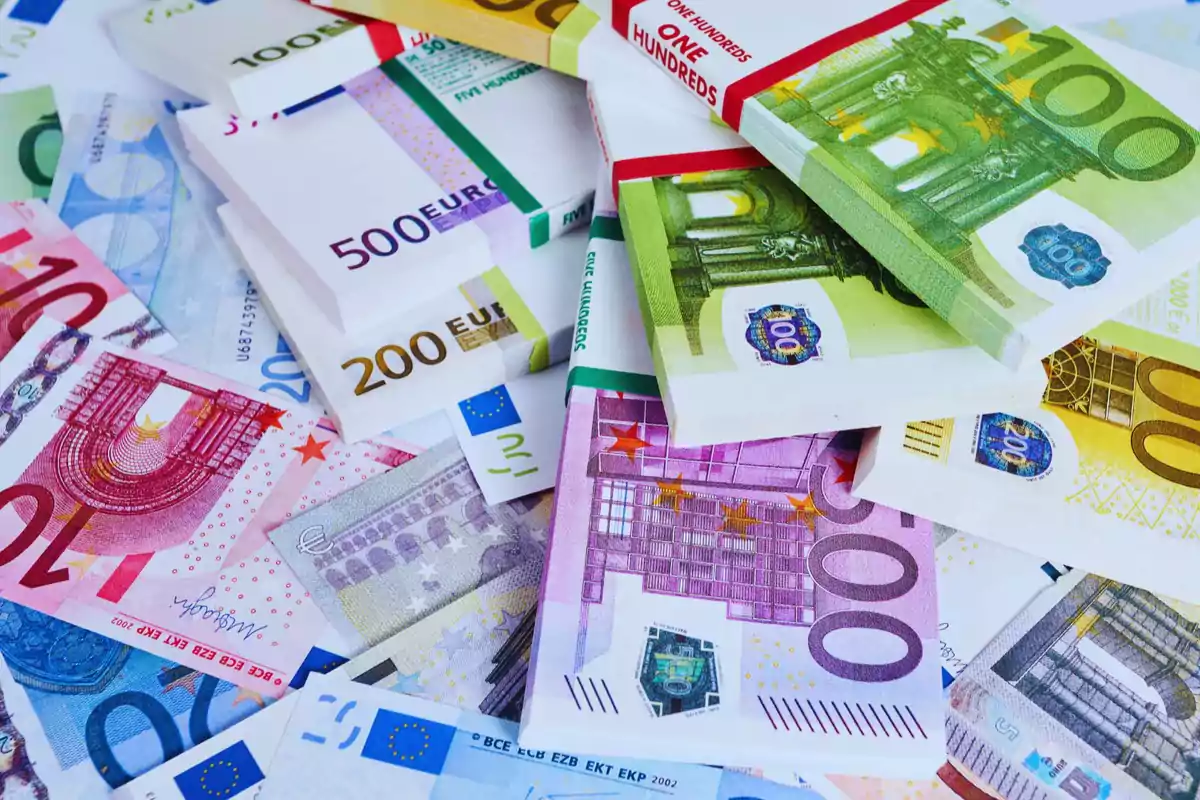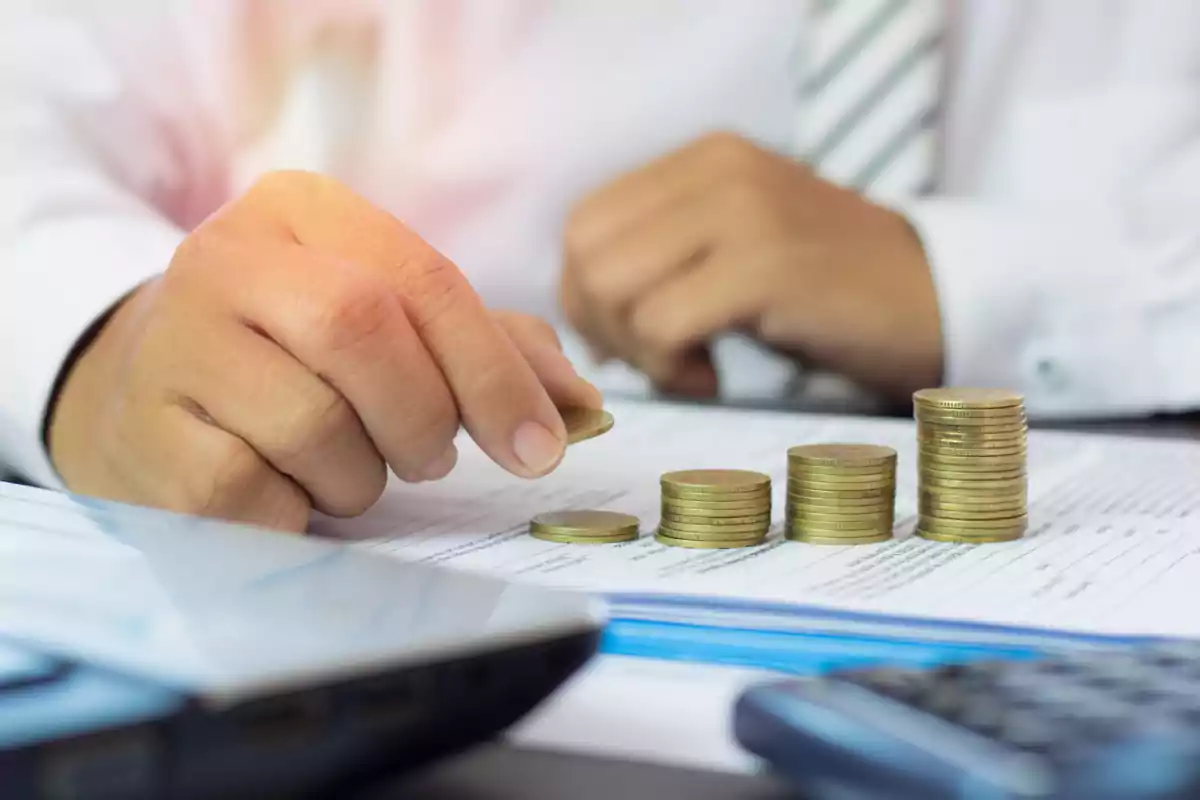The Spanish and European economy in 2025 remains marked by the impact of inflation and interest rates that, despite having shown slight decreases, are still far from pre-pandemic levels. This situation forces thousands of families to rethink their financial habits to face not only rising prices, but also the pressure on the labor market and the uncertainty regarding the sustainability of the pension system.
Savings, which during the toughest months of the health crisis reached historic levels, have fallen again to around 13% according to the latest published data, and that figure shows that not all households are prepared for an unexpected event.
The debate about how and when to start saving isn't new, but it gains more strength every time the economic environment becomes unstable. Proof of this is the rise of educational spaces about personal finance in media and social media, such as the recent segment on Radio Denia where they emphasized the need to set aside money at the beginning of the month and not leave it to chance.

In this context, the advice of expert Natalia de Santiago fits in, as she has been advocating for a simple, realistic, and effective method to start saving regardless of income.
The 10% method: a simple yet transformative goal
In one of her most recent appearances, Natalia de Santiago starts from an idea that breaks with many clichés about saving: it's not about depriving yourself, but about getting organized. According to her experience, the first thing that must be done is an honest review of what comes in and goes out each month, including not only the usual fixed expenses—rent, mortgage, utilities—but also those less frequent payments that can throw off the annual budget, such as property tax (IBI) or car insurance.
Only when we have a clear picture of that real flow of income and expenses is it possible to set a sustainable savings goal. Natalia de Santiago recommends setting as a minimum goal to save 10% of net monthly income. That is, a person who earns €1,800 should set aside €180 each month for their own future.

This isn't a rigid rule, since the expert acknowledges that there are months—especially in summer or when extraordinary expenses arise—when saving becomes impossible and it's even necessary to dip into what has been accumulated. She insists that the key is to keep that 10% average per year, adapting efforts to the reality of each month.
Discipline here is essential. According to de Santiago, the biggest mistake is to wait and see how much is left at the end of the month to save, since expenses "expand" and always tend to fill all the available space in the checking account. That's why she advises automating the process, transferring the money to savings as soon as the paycheck is received. This way, saving becomes just another fixed expense, one that we prioritize over last-minute whims or unexpected events.
The safety cushion: the best defense against the unexpected
Having an amount set aside for emergencies is another pillar of Natalia de Santiago's strategy. She warns that a fund of less than three months of net income is insufficient and puts families in a vulnerable situation. An unexpected event, such as a costly breakdown or the temporary loss of income, can completely destabilize household finances.

For this reason, she recommends setting as a minimum goal a cushion of three months and, as far as possible, working up to six months of accumulated income. This reserve, beyond providing peace of mind, allows decisions to be made without the stress of urgency, whether it's facing unexpected expenses or even rethinking one's professional path without immediate pressure.
Planning and long-term vision: the key to financial freedom
Saving consistently requires an overall vision. It's not enough to improvise month by month; it's necessary to plan the annual budget, anticipate major expenses, and, when the emergency cushion is already in place, think about the long term. Choosing suitable financial products, such as diversified investment funds or efficient pension plans, is the next logical step for those who seek not only to protect but also to grow their wealth.
Natalia de Santiago's method, in short, is committed to consistency and foresight. Setting aside 10% of income, automating the transfer, and building a safety fund are decisions that not only provide protection, but also lay the foundation for a calmer and freer financial life.
As the expert repeats, what's important isn't the amount, but the regularity. Paying yourself first isn't just practical advice: it's a philosophy that, when incorporated into your routine, completely changes your relationship with money and lets you look to the future with greater confidence.

